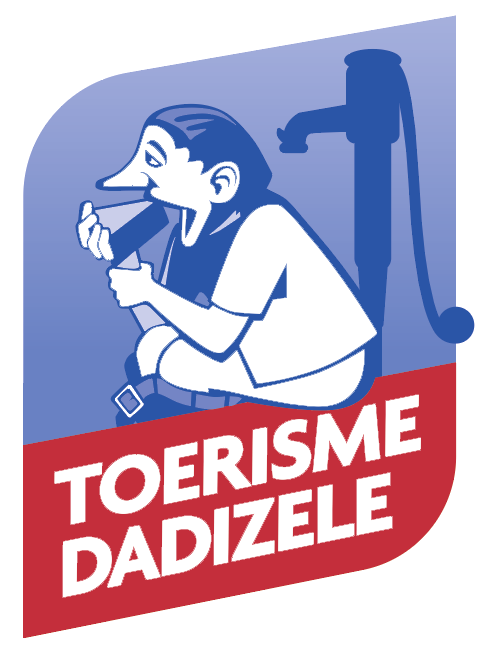De Spaanse kapel
Nederlands
De barokke invloed laat vermoeden dat de kapel gebouwd werd in de 17de eeuw onder het Spaans Bewind. Achthoekig grondplan; baksteen met rijke verwerking van natuursteen aan plint, hoekkettingen, banden, deuromlijsting en kroonlijst; helmvormig dak met brede oversteek op klossen. Binnen bevindt zich de Afneming van het Kruis, de 13de statie van de grote ommegang. Vóór 1900 bevond de Kruisiging, 12de statie van de grote ommegang, zich aan de achterkant van de kapel. Nu te vinden in de kapel op de begraafplaats. Beschermd monument sedert 3 maart 1976.
Français
La chapelle Espagnole
L'influence baroque suggère que la chapelle a été construite au 17ème siècle sous la domination espagnole. Plan d'étage octogonal; brique avec un traitement riche de la pierre naturelle sur le socle, les chaînes d'angle, le cadre de porte et la corniche; toit en forme de casque avec large surplomb sur blocs. À l'intérieur se trouve la Descente de Croix, la 13e station de la grande procession. Avant 1900, la Crucifixion, 12e station du de la grande procession, était située ci l’arrière de la chapelle exterieure. Cette station se trouve maintenant dans la chapelle du cimetière. Monument protégé depuis le 3 mars 1976.
English
The Spanish Chapel
The Baroque influence suggests that the chapel was built in the 17th century under Spanish rule. Octagonal floor plan; brick with natural stone on plinth, corner chains, ribbons, door frame and cornice; helmet-shaped roof with wide overhang on bobbins. Inside is the Descent from the Cross, the 13th station of the great circumambulation. Before 1900, the Crucifixion, the 12th station of the Grand Concourse, was located at the back of the chapel. Now located in the chapel in the cemetery. Protected monument since March 3, 1976.
Spanish Chapel before WWI

